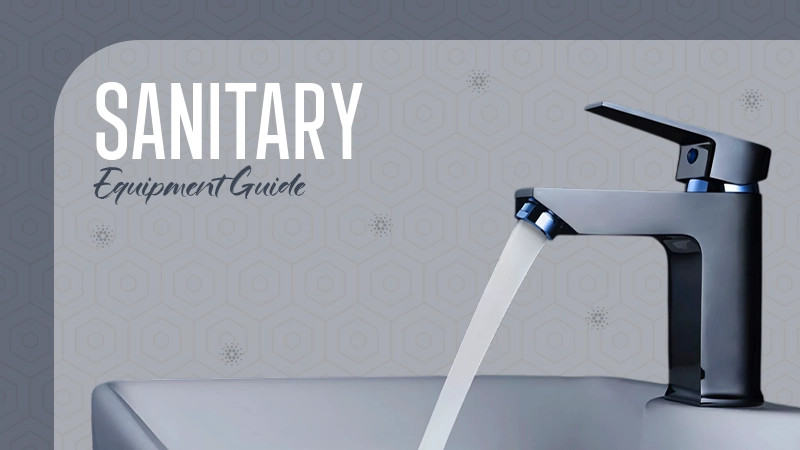Caring for a garden can be a significant investment of your time, effort, and resources. Ironically, a significant portion of that investment is often lost to the very equipment we all rely on.
The purchase and upkeep of tools and equipment represent approximately 20% to 25% of the total operating costs associated with professional garden maintenance jobs. The bottom line is that if your tools and equipment struggle, you will struggle, too.
Keeping your tools and equipment in good working order will not only decrease replacement costs, but will also significantly reduce the amount of force required for any task. This allows you to enjoy your green space even more. So, invest a bit of care today, and you will have a more efficient and enjoyable gardening season tomorrow.
By the time, for a strong and advanced toolkit purchase, visit CNC tooling.
KEY TAKEAWAYS
- Maintaining your equipment is an important financial decision that directly saves you money.
- Sharp, clean and lubricated tools reduce physical strain and get tasks done faster
- The most important, simple step is to ensure that all equipment is completely dry before storing.
- The basics of maintenance is a simple triad: clean, dry, and oil.
The Link Between Good Tools and Easier Yard Work
Your gardening tools should be treated as a partner in your hobby. A clean threadmil will glide easily with almost no resistance through the soil, as opposed to a heavily rusted shovel that adds extra drag, needing more muscle.
Sharp: If you have a sharp edge by using a mower’s blade or shears. It will efficiently cut with little force and spare the plant while saving your body from unnecessary work.
Free movement: Moving parts like wheels or the pivot on loppers should be lubricated, so they’re easier to use and change a heavyweight task into just a push or squeeze.
Comfort: The tools should have a comfortable grip, have no splinters, and have attachments to the tool that keep the tool comfortable to use, reducing strain while using it.
How Proper Care Keeps Your Tools Working Better
Caring for your tools is not about dreading some complicated procedure; it is about understanding some steps to maintain your tools in working order. The three enemies of tools are rust, sap, and dirt.
All three are destructive to the integrity of the tools, as well as the perception of the tool. Water and moisture create oxidation, allowing the rust to form, which will roughen the flat surfaces of forks and spades. Sap and resin are remarkably corrosive and sticky, yet you want to remove these threats to the CNC milling tools’ design.
Simple Ways to Maintain Your Gardening Gear
Home Gardners do not need a professional workshop to keep the tools sharp and ready. All it takes is a few basic items and a simple post-routine.
- The golden rule is to clean immediately after use. scrape off the dust and simply wipe with a small amount of alcohol or mineral spirits.
- Never store a wet tool, instead, use an old cloth to dry it completely.
- To protect against rust, coat a layer of oil on the metal parts.
- Use a whetstone or a file to restore the sharpness.
Why Well-Kept Tools Make Every Task Smoother
Persistent, small efforts today can prevent a larger, time-consuming restoration project in the future. Your tools will always be ready to use, and your gardening tasks will seem less like boring chores and more similar to fulfilling work.
Maintaining your equipment is an important economic decision, one that directly saves you money by extending the life of quality equipment and preventing costly replacements.
Building a Routine for Tool Care and Easy Upkeep
Creating a routine for equipment care and easy maintenance leads to the secret to simple appliance maintenance. Make these habits part of your gardening. Here is what I do:
| Action | How to Perform |
| Quick Wipe-Down | Removing all dirt, mud, and debris from the surfaces of hand tools and shovels, just after using. |
| Disinfect & Oil | I prefer to clean the cutting blades with alcohol, then oil the blades and pivot points. |
| Inspect Handles | Once a month, I check wooden handles for cracks or splinters; sand them smooth. Later, I rub them with linseed oil to keep them from drying out. |
| Sharpening | I keep checking for loose ends on rakes or shovels and tighten bolts. Simply, I sharpen all cutting and digging edges. |
| Deep Clean | Before the off-season, I thoroughly clean, sand, oil and lubricate each piece of equipment. |
Proper tool care is not a bothersome task; it is the essential ritual that creates harmony between the gardener and the garden. You can just initiate with small efforts for a great reward. After that, you will be able to feel the true joy of gardening and experience the connection with nature.
Can I use vegetable oil on my metal tools?
Yes, non-toxic oils such as vegetable or mineral oil work well as temporary rust inhibitors. However, for general purpose machine oil is often recommended for better longevity.
How do I remove sticky tree sap from my pruners?
Use rubbing alcohol, mineral spirits or a special sap and tar remover.
What is the best way to store my equipment to avoid damage?
Keep them in a clean, dry area, ideally hung on a rack or pegboard. Keeping them away from the ground prevents moisture absorption and accidental damage.
How often should I check handles?
You can inspect handles once a month.





